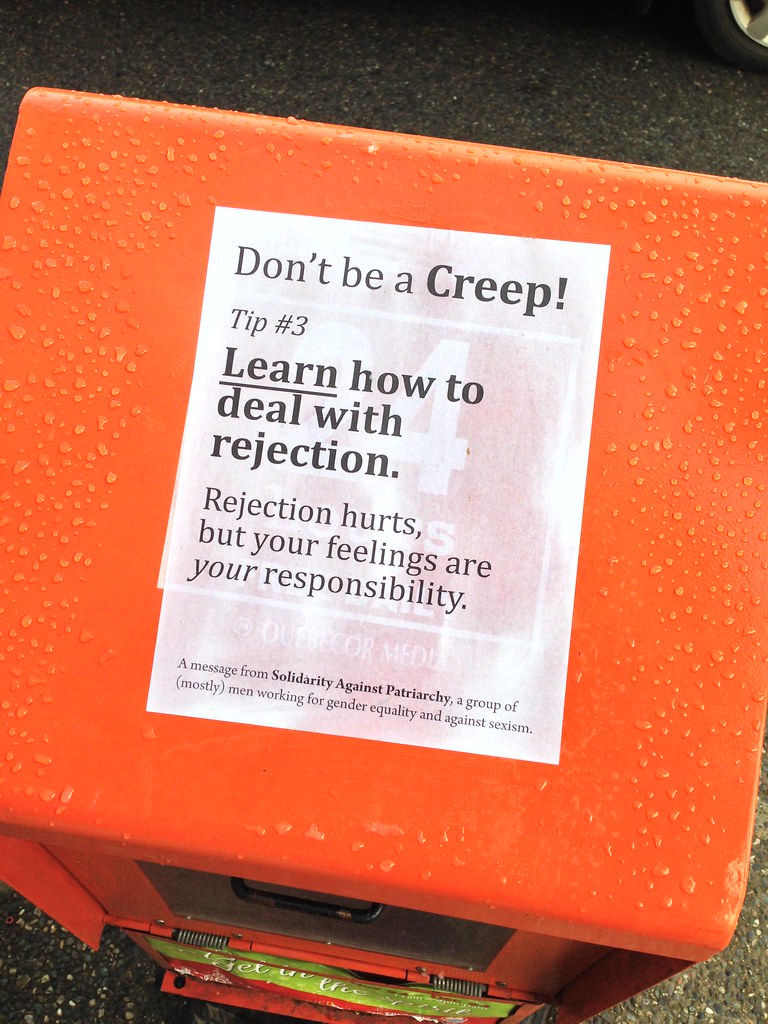On a quiet evening in Riverside, California, the life of a young woman brimming with dreams was brutally extinguished. Cheri Jo Bates, an 18-year-old college freshman, became the center of one of Riverside’s most haunting mysteries. Born on February 4, 1948, in Omaha, Nebraska, Cheri was the embodiment of the American dream, a varsity cheerleader and an honor student with aspirations of soaring the skies as a flight attendant. Her family’s move to California in 1957 opened new horizons, and her father’s job as a machinist at the Corona Naval Ordnance Laboratory provided a stable backdrop for Cheri’s ambitions.
The Life and Homicide of Cheri Jo Bates
Graduating from Ramona High School, Cheri was known for her vivacious spirit and involvement in student government. Her academic excellence and outgoing nature made her a beloved figure among her peers. The pride of owning a lime green Volkswagen Beetle was a testament to her independence, a vehicle she financed through her part-time job at Riverside National Bank and her savings. Despite her parents’ divorce in 1965, Cheri’s life was on an upward trajectory, with her mother and brother, a Navy serviceman, also residing in Riverside.
The fateful day of October 30, 1966, began with a routine that symbolized the close bond between Cheri and her father—a shared Mass at St. Catherine of Alexandria Catholic Church followed by breakfast. Later, Cheri’s focus shifted to her studies at Riverside City College (RCC), where she planned to spend the afternoon working on a research paper. Her calls to her friend Stephanie Guttman, inviting her to join at the library, went unanswered, setting the stage for Cheri’s solitary visit. The note left on the family refrigerator, ‘Dad—Went to RCC Library,’ was a mundane message that would later haunt her father.
As evening approached, Cheri’s Beetle was spotted by an eyewitness, followed closely by a bronze Oldsmobile. The library’s closing at 9:00 p.m. saw Cheri still immersed in her studies, unaware of the lurking danger. A fellow student’s encounter with a mysterious man near Cheri’s car added an eerie prelude to the tragedy that unfolded. The night passed with Cheri’s father waiting in vain, leading to a missing person report filed with the Riverside Police Department at the break of dawn.
The discovery of Cheri’s body by groundskeeper Cleophus Martin on RCC’s grounds was a grim end to the search. Her lifeless form, clad in a yellow blouse and red capri pants, lay amidst signs of a violent struggle. The nearby presence of her Beetle, with its ignition coil wire and distributor tampered with, hinted at a calculated trap. The scene was a chilling tableau of a life cut short, with personal belongings scattered and the absence of any signs of sexual assault or robbery.
In the wake of the murder, the Riverside community was engulfed in fear and disbelief. The investigation launched with urgency, interviewing RCC students and military personnel, and piecing together the timeline of Cheri’s last hours. Theories emerged of a predator who had sabotaged Cheri’s car, lying in wait to feign assistance before unleashing his violent intentions. The re-enactment of Cheri’s final moments at the library, though a meticulous effort, yielded no concrete leads, leaving the Studebaker seen near the campus as an unresolved clue.
The psychological profile of the murderer, as described by the Chief Psychologist of Patton State Hospital, depicted a man consumed by hatred towards women, particularly those he perceived as rejecting him. This profile, coupled with the cryptic correspondence received by the police and press, painted a disturbing image of a killer who reveled in his anonymity and the terror he instilled.
Cheri Jo Bates was laid to rest at Crestlawn Memorial Park, her funeral attended by a grieving community. The unanswered questions surrounding her death cast a long shadow over Riverside, a shadow that would grow longer with the speculation of her connection to the infamous Zodiac Killer. The similarities in the modus operandi, the cryptic letters, and the eerie poem inscribed on an RCC library desk all pointed to a possible link, one that has tantalized and frustrated investigators for decades.

In-depth Investigation of the Case and Unsolved Mysteries
As the investigation into Cheri Jo Bates’ murder unfolded, Riverside Police Department (RPD) detectives found themselves entrenched in a case that was as perplexing as it was horrifying. The brutal nature of the crime, the calculated sabotage of Cheri’s beloved Volkswagen Beetle, and the lack of immediate suspects created a complex puzzle that has, to this day, remained unsolved.
The initial phase of the investigation was marked by a flurry of activity. The RPD interviewed over 75 individuals within the first 24 hours, including RCC students and military personnel from the nearby March Air Force Base. Despite this extensive effort, only two individuals remained unaccounted for in the early stages of the inquiry. The investigators’ theory was that the murderer had disabled Cheri’s vehicle, waited for her to return from the library, and then, under the guise of offering assistance, lured her to a dimly lit area where he launched his deadly attack.
The discovery of a Timex wristwatch and a military-style shoe print at the crime scene suggested that the assailant may have had a military connection, a detail that only deepened the mystery. The watch, paint-spattered and with a band small enough to suggest it may have belonged to a woman or a teenager, was stopped at 12:24, but it was unclear whether this time was significant to the murder. The shoe print, sold only in military outlets, hinted at a possible suspect with a military background, but this lead, like so many others, failed to bring the case to a close.
The autopsy report painted a gruesome picture of Cheri’s final moments. The severity of the wounds inflicted upon her indicated a deeply personal element to the crime, or at the very least, an assailant with a profound rage. The defensive wounds on her hands and arms, along with the skin and hair fragments found beneath her fingernails, were silent testaments to her desperate struggle for survival.
As the investigation continued, a chilling piece of correspondence arrived at the RPD and the editorial offices of the Riverside Press-Enterprise. The author of these letters provided a detailed account of the murder, including information that had not been released to the public. The letters suggested a familiarity with Cheri, a personal vendetta, and a deeply disturbed individual who took pleasure in recounting the crime. The specificity of the details led investigators to consider the possibility that the letter writer was indeed the murderer.
The case took an even more sinister turn when, months later, another letter arrived, this time with a cryptic sign-off that could be interpreted as either the number ‘2’ or the letter ‘Z’. This correspondence, which stated ‘Bates had to die. There will be more,’ was initially dismissed as a hoax, but the sign-off would later become a significant point of interest when the Zodiac Killer emerged as a suspect.
The Zodiac Killer, an unidentified serial killer responsible for a series of murders in Northern California during the late 1960s and early 1970s, was known for his cryptic letters to the press and police, taunting them with details of his crimes. The similarities between the Zodiac’s modus operandi and the murder of Cheri Jo Bates, including the letters and the nature of the attack, led some investigators to consider a connection.
A macabre poem found etched into a desk at RCC further fueled speculation. Discovered six months after Cheri’s murder, the poem contained graphic references to violence against women and was signed with the initials ‘rh’. Although the desk had been moved to storage by the time the poem was found, it had been on the library floor at the time of Cheri’s murder. This eerie discovery added another layer of intrigue to the case, suggesting that the killer may have been someone within the RCC community.
Despite the potential connections to the Zodiac Killer, the case of Cheri Jo Bates remains distinct and unresolved. Over the years, the RPD has continued to investigate, following up on new leads and re-examining old evidence with the hope of finding closure for Cheri’s family and the Riverside community. The murder of Cheri Jo Bates is a stark reminder of the fragility of life and the darkness that can lurk in the shadows of seemingly safe spaces.
As we reflect on the unsolved murder of Cheri Jo Bates, we are left with a narrative that is as tragic as it is enigmatic. A young woman’s life was cut short, her dreams of traveling the world as a flight attendant never realized. The investigation into her death has spanned decades, with detectives tirelessly working to piece together the events of that fateful night. The connection to the Zodiac Killer remains a tantalizing theory, but without definitive proof, the truth remains just out of reach.
The story of Cheri Jo Bates is not just about the unsolved crime that took her life; it is about the enduring impact she has had on her community and the ongoing quest for justice. It is a story that continues to captivate and haunt those who seek answers, and it is a stark reminder that some mysteries may never be fully unraveled.
Related posts:
Murder of Cheri Jo Bates
Zodiac Killer sleuths identify suspect, but Riverside police say Cheri Jo Bates case still unsolved
After 50 years, Zodiac hunters, police still seeking Cheri Jo Bates’ killer





